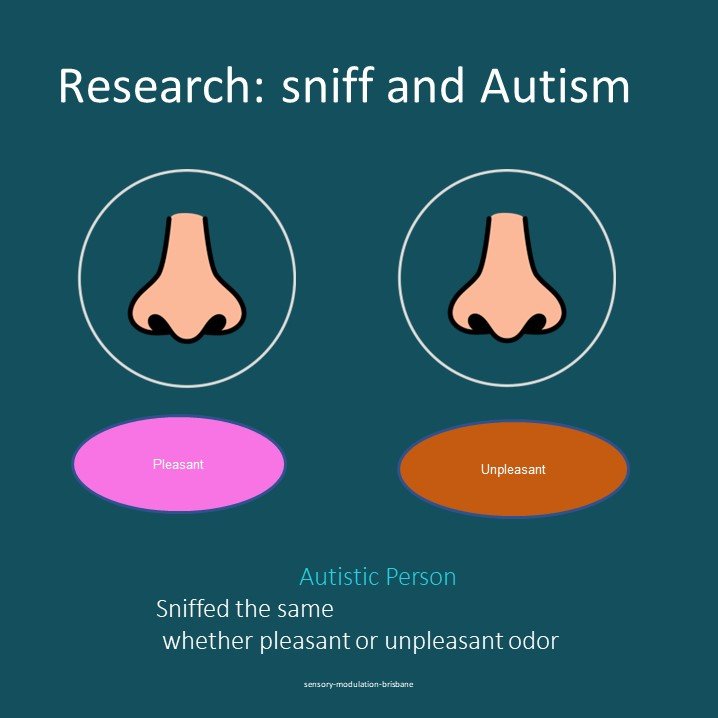Sensory Spaces design resource
Misophonia - More than just dislike of sounds and how OTs can help
Predictive processing and body image disturbance in Anorexia
Sensory Assault. Comment on Article and strategies
Therapy rooms and waiting rooms: designing for sensory needs
Sensory Modulation to reduce restrictive practice Part 1: Evidence Base
Predictive processing, sensory processing and motor control
Predictive Processing: A leading framework for sensory processing
Reducing problematic scents: Sensory Solutions in Mental Health Units
Sensory Modulation to reduce restrictive practice Part 2: Policy Context
Multisensory top down templates, multi sensory integration
Sniff research in Autism
Reducing problematic sounds: Sensory Solutions in Mental Health Units
Factors influencing Occupational Performance.
A Sensory Lens to Explain Sundowning in more populations than ageing.
Evidence base in the reduction of restrictive practices in NDIS
Access to Menstrual Products in Mental Health Units, Residentials
Sensory reps: repeating sensory strategies until they become habits
Intense Sensations to manage muscle cramps and Dissociation
Acute Care Team Legend Rachel Woolcock Using Sensory Modulation
Sensory Modulation Brisbane can customise training for workplaces or provide discounts for groups.
Workplaces can purchase on demand training and then also purchase supervision sessions or question and answer sessions. Email for further information: sensorymodED@gmail.com
Conditions of Use
In accessing this information, you are agreeing to the copyright and disclaimer of Sensory Modulation Brisbane.
Copyright
Copyright @ Julie O'Sullivan & Carolyn Fitzgibbon
Without limiting the rights under copyright reserved above, no part of this published content may be reproduced, stored in or introduced into a retrieval system or transmitted, in any form or by any means (electronic, mechanical, photocopying, recording or otherwise) without the prior written permission of the authors of this content.
Disclaimer
While the authors have attempted to make the information in this published content as accurate as possible, it is provided in good faith without any expressed or implied warranty. There is no representation or warranty made as to the completeness or accuracy of the information in the published content. References to other sources of information (including textbooks, research articles and websites) are not endorsed by the authors in any way. The author take no responsibility for any loss or liability incurred in connection with the use of the published content.
The published content is provided for information purposes only. The information does not imply endorsement of third party services or products and cannot provide you with individualised health and medical advice. Purchasers use the published content at their own risk, and should always consider if the content is appropriate for individual circumstances. Purchasers are encouraged to seek independent advice from a qualified health care professional when needed.






















